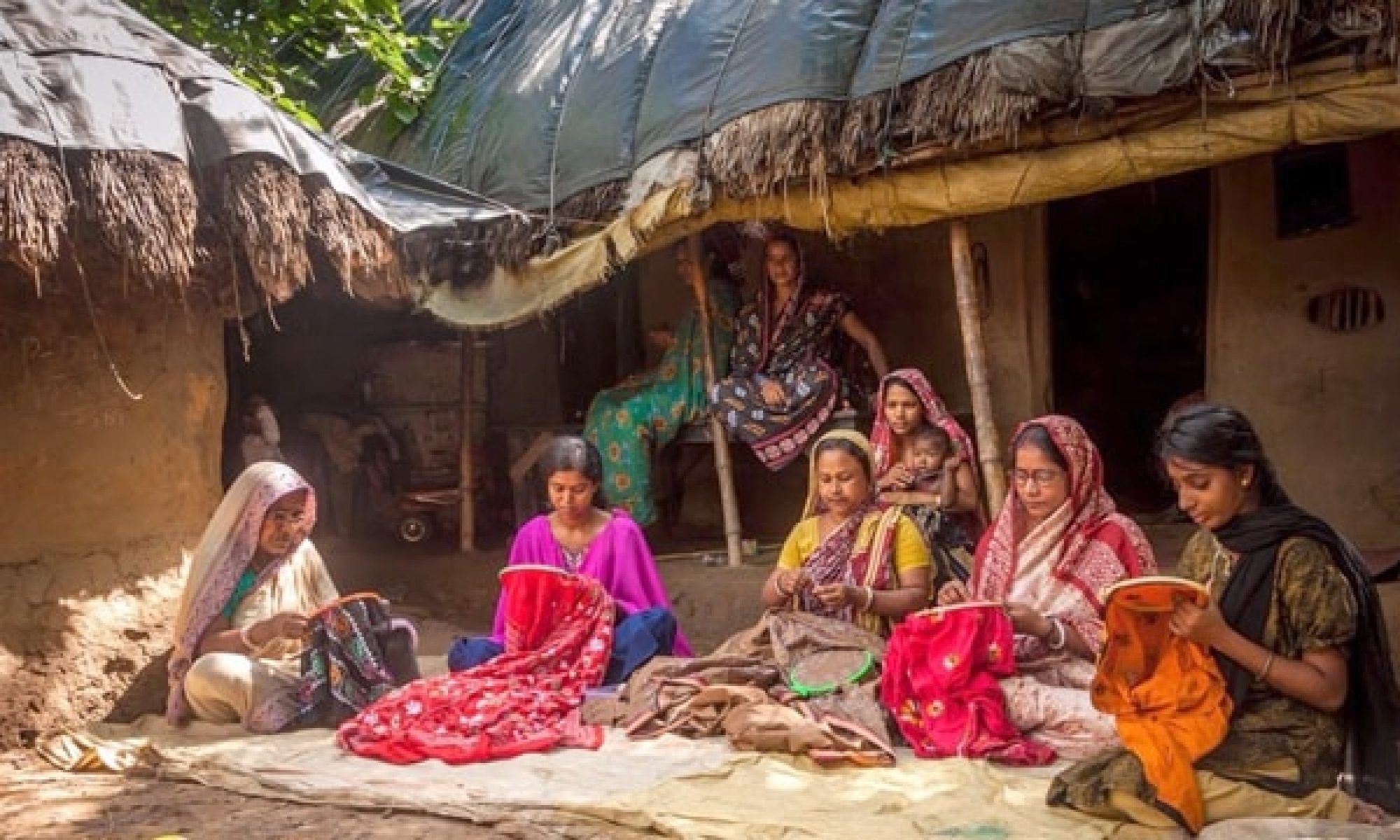Expert Talks

Fashion Designer & Stylist
Mumbai , India
The sustainable way forward is to have a broader perspective of capitalism and the need for speed that it brings with it. Direct collaboration with artisans depends on the room these industries give for handiwork not made by corporations for the value that it brings forth , not only as growth and preservation of our very skilled artisans and their age-old crafts but for a society as a whole. I think if a system was developed wherein the craft industries and artisans were listed in directories – film and fashion people could reach to them more directly . With the involvement of a specialized agency managing the skills of artisans and linking them to industries that could use the invaluable talent and unique crafts. Unfortunately, right now both industries (fashion and film) move at a very fast speed consuming fast fashion very fast instead of exploring the costume requirements through artisans directly .
I don’t think the audience or performance of the film depends on how the costumes have been acquired. It would add authenticity and will be the right thing to do in the film-making process – but a film is carried by its narrative, production value, and the performers. Artisans would only be very behind the scenes but empowered in some way being associated with the film industry. A lot of Bombay artisans already are in ways of prop making, painting, etc – but a pan-India exploration of local artisans in filmmaking would a novel and welcome change.


Fashion Editor
Mumbai , India
Through working directly with the artisans, the results will perhaps be more authentic, the costumes will look truer & reflect real lives.
This will not only benefit films / fashion sector, but it will also benefit the Crafts & Art sector which will see an additional source of revenue.
Films play such a big part in how we see the world, watching your favorite celebrity wearing something made by an artisan will elevate how handcrafted fashion is viewed by even non-fashion consumers, it can become something relatable and aspirational rather than remote and in-accessible.
The intervention of designers / stylists will also help keep craftsmanship relevant to today and help it engage with new audiences.


Fashion Designer
New Delhi
Designers are already working with artisans as per their requirements. But only selected artisans can make profits. The artisans working currently can vice versa approach the designers. But there is a huge scope to connect with the new artisans.
There is very little documentation or gallery of the artisans. This can be digitized so that it becomes more easily accessible.
The film industry is guided by budgets of projects. So complete strategy to go away from sourcing will not be practical. FDCI and certain movie productions do specific work to engage artisans. The export market has the potential to bring about benefits through bridging artisans. This will eliminate the role of agents and hence the apparel industry will be able to contribute to this direction


Fashion & Film Stylist
Mumbai , India
“With regards to the fashion industry, yes absolutely! Direct collaboration with Artisans will bring a change if there is consistent and larger associations with bigger labels/ Brands. For this to happen and to ensure a fair trade is in place, there needs to be sustainable practices which need to be followed. For change of this scale realistically, it seems to be a long-drawn process, which may or may not be implemented by many.
Working with Artisans is a lot feasible for the fashion industry because of an ongoing demand. Why it doesn’t happen is because if it needs to happen the output needs to be constant and the artisans alone can provide that scale.”


Cofounder – Diorama Designs
(handlooms & handicrafts)
New Delhi
“Indian government has taken many initiatives to preserve the rich traditional craft. For every specific art, form the government has created a craft cluster wherein artisans are given proper training on skills improvement, and the raw material is as well provided at subsidized rates. But many artisans due to lack of awareness in India are unable to take benefit from government schemes.
Education will help them to understand and know their rights and policies. The Government organizes various fairs and exhibitions and active participation through this medium will help in interact with them directly and this data of participation can help in creating a directory or bridge to list these all Artisans.”

MORE INTERVIEWS >


Fashion Designer
Mumbai , India
Indian film & fashion industry are one of the versatile and booming industry in these days. We know Indian art has its hold from root history since the era of Indus civilization or maybe before. This artistry has been passed from generation to generation since then.
As proposed, a direct approach of these new industries to such traditional arts will help in substantial development and progress in the artistry. The final product must pass on through various levels of middleman and brokerage which lead to cost-hike and hence the industrial knock-offs waives away the consumers’ approach towards these arts. In this era of globalization, artisans have still refrained from direct communication to the end-buyer. Hence providing a platform where the artisans are provided with direct sales to these end consumers will help to acquire the best product at good prices which ultimately leads to an increase in demand and thus contributing to the nation’s growth and economy.


Fashion Stylist & Writer
Mumbai
“Yes, keeping in mind the current circumstances caused due to the Global pandemic, going vocal for local is certainly the new trend. Direct collaboration with the artisans and craftsmen will definitely bring about a large change to the Indian film and fashion industry and will be revolutionary.”
The audience or performance of the film does not really depend on how costumes are acquired. Instead, it will add a certain original take to the film through the authentic costumes. Artisans and local craftsmen from rural villages will also be benefitted from several job opportunities. This will guarantee empowerment for the local artisans and bring about new ideas and looks to the film industry itself. I think it would be a revolutionary change.


Research Professional – Clusters
Mumbai
“Many artisans are a part of self-help groups, getting connected with such groups directly is the best way to source from the artisans which also help is in eliminating the intermediaries.”
Cluster programs / visits can give professionals a better & clear outlook of Art across the country.
The incorporation of policy and education training modules in these clusters can be a great initiative to start this process.


Pallavi Goyal
Luxury Fashion Professional
Mumbai
This is a debatable topic as often the fashion/film industry has the resources to influence the pricing and credit that these artisans eventually get although few small fashion houses do give them the requisite credit and exposure thus bringing various unknown art forms to the limelight.
It is important that these artisans are made aware of how important their work is and the value that it holds in modern India. This can only happen by educating them and ensuring through various private and public interventions that their interest is taken care of.
I believe these interventions do help a film/ fashion line as people feel exclusive of having watched/worn a piece of art and at the same time they associate themselves with having promoted a particular art form that makes them feel good.

